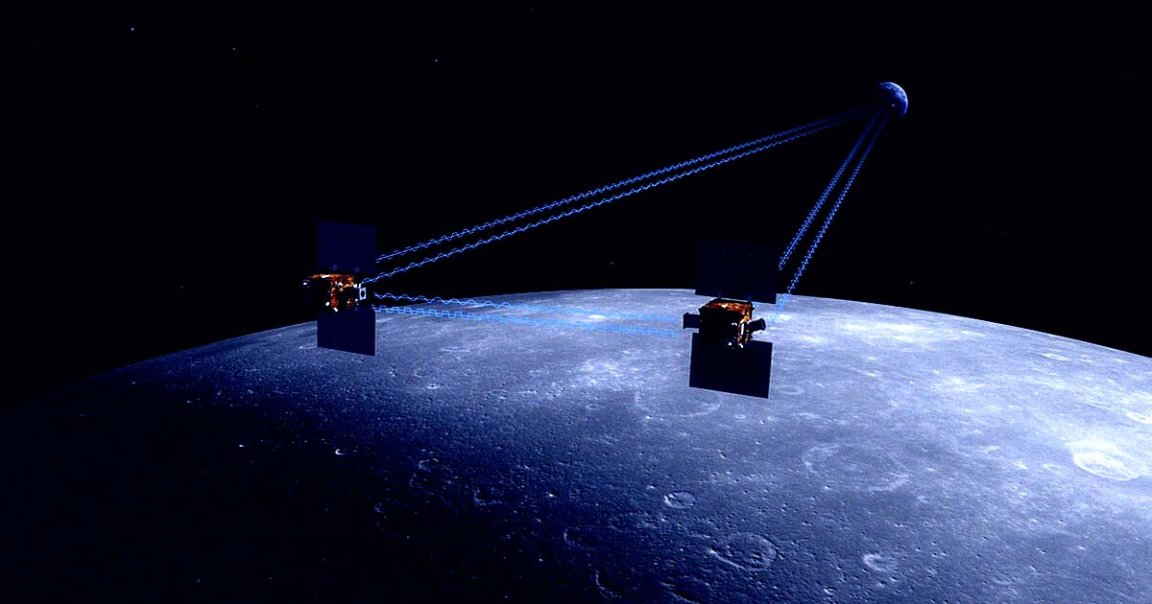
Moon Goo
Something is moving inside of the Moon. Yes, you read that correctly.
A recent study from scientists at NASA and the University of Arizona found that a layer of low-viscosity goo sits between the Moon’s rugged mantle and its metal core. This goo is rising and falling beneath the lunar surface — not unlike, say, ocean tides — which they concluded is likely caused by the gravitational push and pull of the Sun and Earth.
“Just like the Moon raises tides on the Earth, the Earth (and Sun) raise tides on the Moon,” reads the study, published last month in the journal AGU Advances. The researchers describe their findings as the “first measurement of the Moon’s yearly gravity changes due to tides.”
It’s a fascinating discovery that works to confirm decades-old theories about the makeup of Earth’s only natural satellite — while raising some mysterious new questions, too. After all, how did the magma-like layer get there in the first place? What’s its exact composition? And perhaps most crucially, what’s keeping it hot enough to stay in its malleable, goo-like form?
Profound Implications
For their study, the scientists analyzed new data from NASA’s Gravity Recovery and Interior Laboratory (GRAIL) and Lunar Reconnaissance Orbiter — which were deployed to (respectively) collect gravitational information and conduct more generalized lunar surveillance — to measure monthly and annual tidal movements on the Moon for the first time.
What they found, they argue in the research, could only be consistent with the existence of a deeper, “partial melt” beneath the Moon’s rocky mantle, itself comprised of magnesium-iron silicate mineral and pyroxene.
“Only models with a softer layer at the bottom of the mantle match all our measurements,” reads the study.
But again, this finding yields an important new question. As the scientists wrote, “such a soft layer, often thought to be partial melt, needs to be maintained.” In other words, there’s gotta be a reason why this semi-molten layer remains warm and pliable enough to move around.
As you can tell, there are still plenty of known unknowns where lunar inner workings are concerned — but if nothing else, this research has the texture of the kind that opens the door to further revelations in lunar geology. And that’s to say nothing of the present: Today, we know just a little bit more about Earth’s smaller, cosmic companion than we did before.
Or as the scientists who authored the study wrote: “The existence of this zone has profound implications for the Moon’s thermal state and evolution.”
More on Moon goo: Scientists Detect Huge Caverns Under Surface of Moon